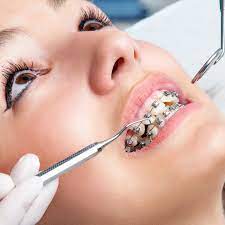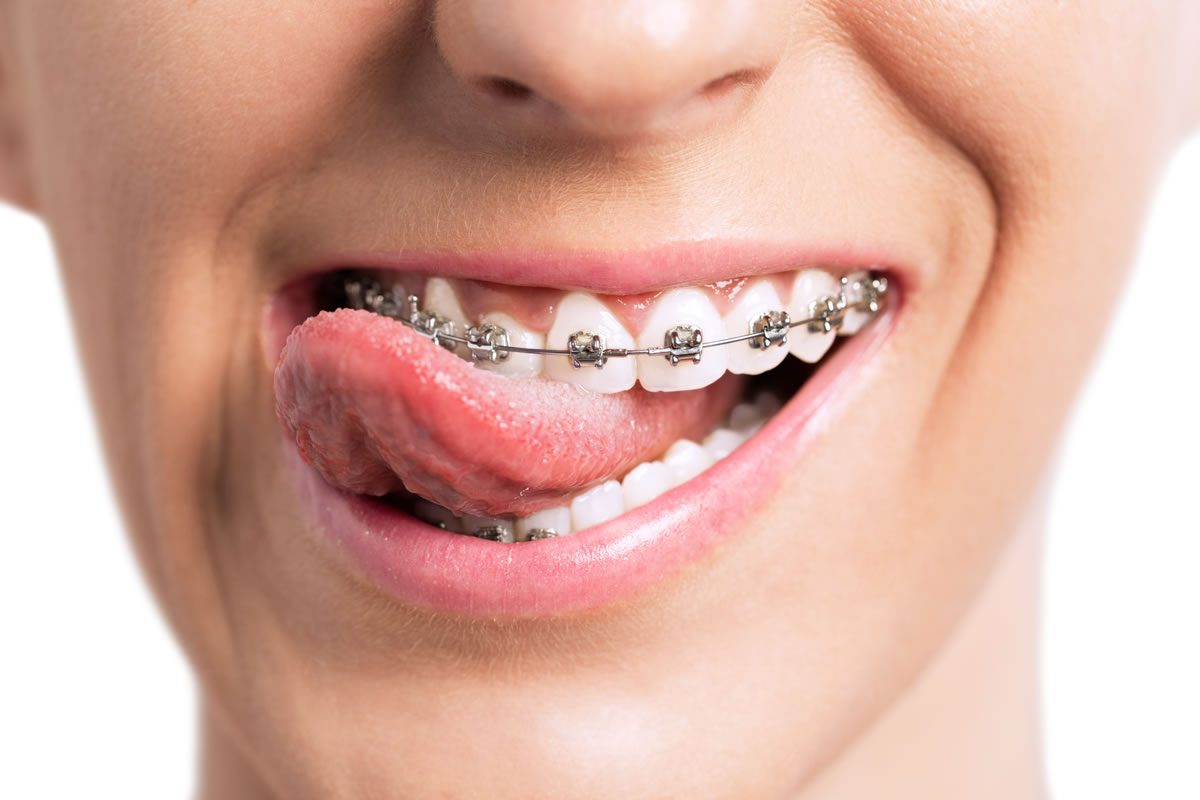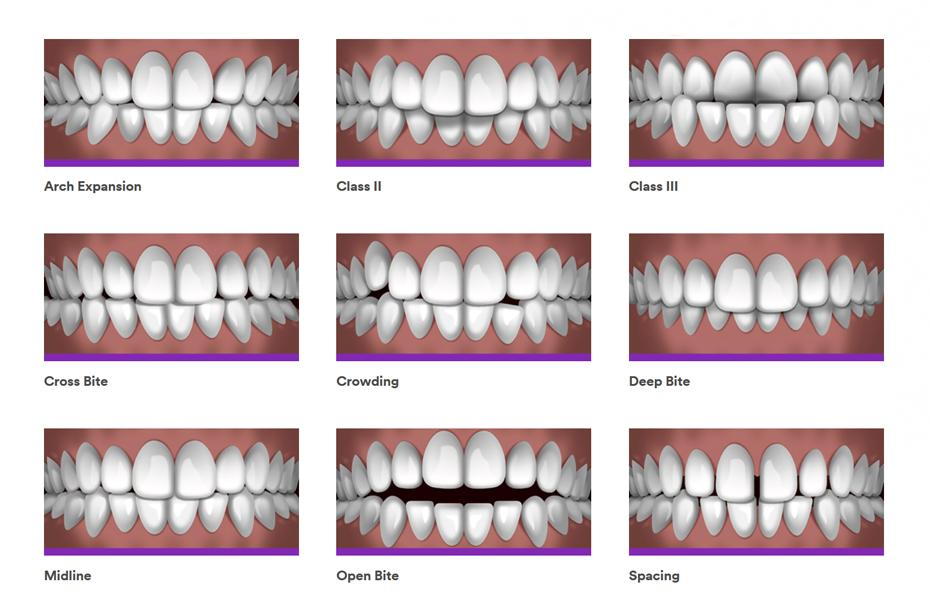Some Known Facts About Causey Orthodontics.
Some Known Facts About Causey Orthodontics.
Blog Article
An Unbiased View of Causey Orthodontics
Table of ContentsThe 15-Second Trick For Causey OrthodonticsThe 7-Minute Rule for Causey OrthodonticsThe smart Trick of Causey Orthodontics That Nobody is Talking AboutNot known Incorrect Statements About Causey Orthodontics Getting The Causey Orthodontics To Work
Ignoring occlusal relationships, it was normal to eliminate teeth for a range of oral concerns, such as malalignment or overcrowding. The idea of an intact teeth was not extensively appreciated in those days, making bite correlations seem pointless. In the late 1800s, the idea of occlusion was crucial for developing trusted prosthetic substitute teeth.As these ideas of prosthetic occlusion progressed, it ended up being an invaluable tool for dentistry. It remained in 1890 that the work and impact of Dr. Edwards H. Angle started to be felt, with his contribution to contemporary orthodontics specifically significant. Concentrated on prosthodontics, he taught in Pennsylvania and Minnesota prior to directing his interest towards dental occlusion and the treatments needed to keep it as a normal problem, therefore coming to be recognized as the "papa of modern orthodontics".

The concept of suitable occlusion, as proposed by Angle and integrated into a classification system, allowed a shift in the direction of dealing with malocclusion, which is any inconsistency from regular occlusion. Having a complete set of teeth on both arcs was extremely sought after in orthodontic therapy due to the demand for exact connections in between them.
Everything about Causey Orthodontics
As occlusion became the key priority, face percentages and appearances were neglected - Causey Orthodontics. To attain suitable occlusals without using external forces, Angle postulated that having best occlusion was the ideal method to gain optimum facial aesthetics. With the passing of time, it became fairly obvious that also an outstanding occlusion was not suitable when thought about from a visual point of view
Charles Tweed in America and Raymond Begg in Australia (who both researched under Angle) re-introduced dental care extraction into orthodontics during the 1940s and 1950s so they can enhance facial esthetics while likewise ensuring much better security worrying occlusal relationships. In the postwar period, cephalometric radiography begun to be utilized by orthodontists for measuring adjustments in tooth and jaw placement caused by growth and treatment. It came to be noticeable that orthodontic therapy might readjust mandibular advancement, leading to the development of practical jaw orthopedics in Europe and extraoral pressure actions in the United States. Nowadays, both functional devices and extraoral devices are applied around the globe with the objective of changing development patterns and forms. Pursuing true, or at the very least boosted, jaw relationships had actually ended up being the main objective of therapy by the mid-20th century.
A Biased View of Causey Orthodontics
 The American Journal of Orthodontics was created for this objective in 1915; prior to it, there were no clinical purposes to comply with, neither any kind of precise classification system and brackets that did not have features. Till the mid-1970s, dental braces were made by wrapping steel around each tooth. With developments in adhesives, it came to be feasible to instead bond steel braces to the teeth.
The American Journal of Orthodontics was created for this objective in 1915; prior to it, there were no clinical purposes to comply with, neither any kind of precise classification system and brackets that did not have features. Till the mid-1970s, dental braces were made by wrapping steel around each tooth. With developments in adhesives, it came to be feasible to instead bond steel braces to the teeth.This has actually had purposeful results on orthodontic treatments that are provided routinely, and these are: 1. Correct interarchal relationships 2. Appropriate crown angulation (tip) 3.
The benefit of the style hinges on its brace and archwire mix, which needs just marginal wire bending from the orthodontist or medical professional (affordable orthodontist near me). It's aptly called hereafter function: the angle of the slot and density of the brace base inevitably establish where each tooth is situated with little need for additional control
The Definitive Guide for Causey Orthodontics
Both of these systems utilized similar brackets for every tooth and required the flexing of an archwire in 3 airplanes for locating teeth in their wanted positions, with these bends determining ultimate positionings. When it involves orthodontic devices, they are divided into 2 types: removable and fixed. Removable home appliances can be handled and off by the patient as called for.

Hence, practically all modern fixed devices can be considered variants on this edgewise device system. Early 20th-century orthodontist Edward Angle made a major payment to the globe of dentistry. He created four unique appliance systems that have been used as the basis for several orthodontic treatments today, preventing a few exemptions.
The Ultimate Guide To Causey Orthodontics

The cord finished in a thread, and to move it forward, a flexible nut was used, which permitted a boost in area. By ligation, each private tooth was attached to this extensive archwire (Causey Orthodontics). Because of its minimal variety of motion, Angle was incapable to attain specific tooth placing with an E-arch
These tubes held a soldered pin, which could be rearranged at each consultation in order to relocate them in area. Dubbed the "bone-growing home appliance", this device was theorized to encourage much healthier bone development due to its possibility for transferring pressure straight to the roots. However, implementing it confirmed bothersome in reality.
Report this page